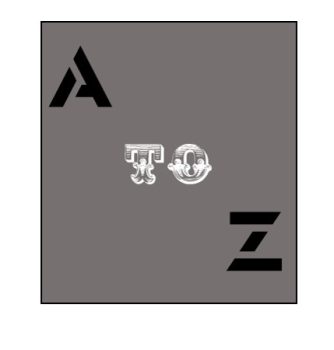A to Z Reviews: “The Spring of Dongke Temple,” by Qitongren
 Qitongren offers a mix of fantasy and fairy tale with “The Spring of Dongke Temple.” Originally published in Chinese in 2007, it was translated by Liu Jue in 2019 for publication in the anthology of Chinese science fiction Ticket to Tomorrow and Other Stories. In 2020, Ann and Jeff VanderMeer selected the story for The Big Book of Modern Fantasy.
Qitongren offers a mix of fantasy and fairy tale with “The Spring of Dongke Temple.” Originally published in Chinese in 2007, it was translated by Liu Jue in 2019 for publication in the anthology of Chinese science fiction Ticket to Tomorrow and Other Stories. In 2020, Ann and Jeff VanderMeer selected the story for The Big Book of Modern Fantasy.
“The Spring of Dongke Temple” opens with a cautionary tale of a woodsman who stumbled upon the isolated Buddhist temple in the mountains and after a brief stay there returned to his family refusing to say anything about the temple except to note the proliferation of swallows in the ruins. The brief description gives the temple a feeling that it might not be out of place in the tales of H.P. Lovecraft.